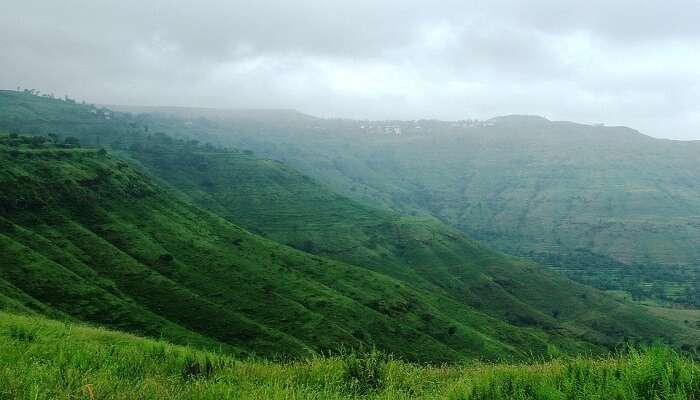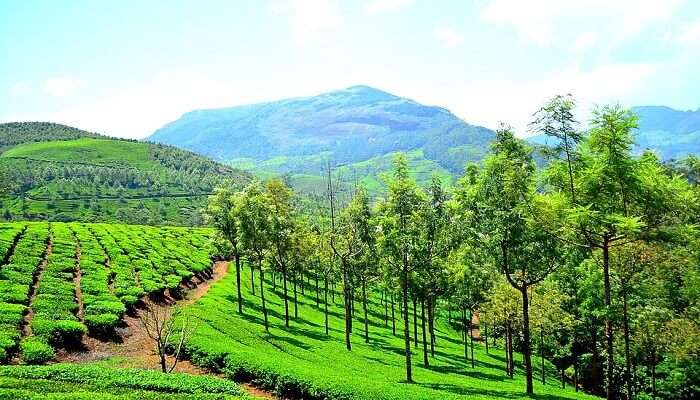Uncover Sirmaur’s Military Heritage At Jaitak Fort In 2025
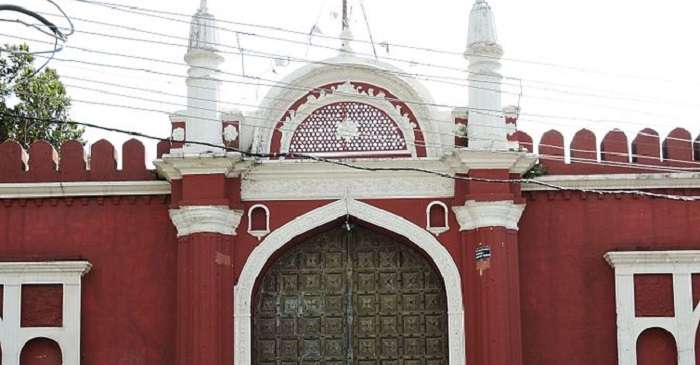
The Jaitak Fort of Nahan Sirmaur district is such a place that one can narrate the history of Himachal within its old structure on a cliff top. This 18th-century fortress on the outskirts of the Himalayan hill town of Kumara does not get the tourist hordes that most other monuments in this part of the world attract. Still, for those prepared to step a little off the beaten path of the ‘must-sees,’ this place is quite a treasure where history and legends of bravery, warfare, and even the hidden secrets of marital intrigues all await. When you pass through the stone gates, you are not just crossing the entrance to a site of history; you are also a part of Sirmaur’s narrative. For travellers who want to explore historic sites and the beauty of the Himalayas all in one place, then the Jaitak Fort is not just a place to visit but is an expedition.
History Of Jaitak Fort
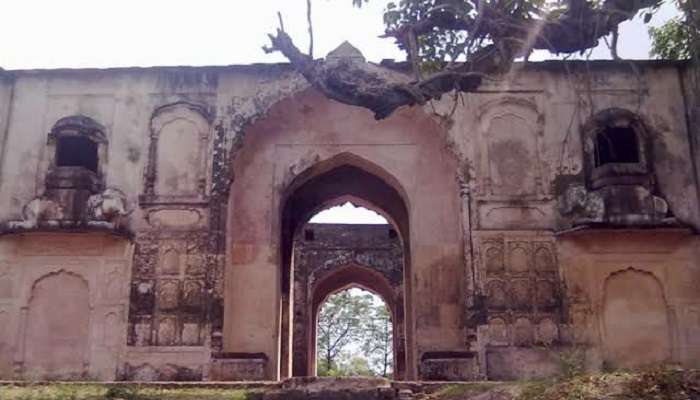
Jaitak Fort is another historical site established in 1810 by Ranjor Singh, the son of Maharaja Prakash Chand of Sirmaur. The fort exemplifies the Shivalik region’s resistance to the onslaught of war. Historical records show that the rulers of the Sirmaur kingdom constructed the fort to bolster the realm’s defences against attack by other states and the growing British East India Company.
Due to its position atop a hill and its authority, it was a fortified stronghold in this period of unrest. The Gorkhas witnessed the fort as an operational solid centre against the British/Jaisalmer forces under the command of Ranjor Singh Thapa.
Also Read: Things To Do In Chail
Architectural Marvels
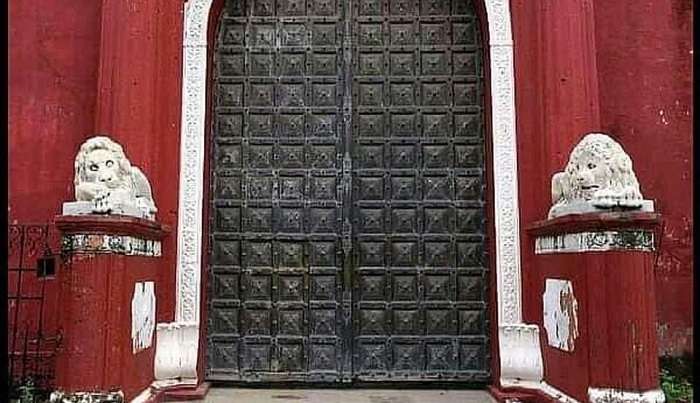
- Thick stone walls: The fort has large walls with stones obtained from within the area, most likely to strengthen the structure. Buildings such as these, which can have walls over several feet thick, were necessary for the heavy artillery of that period as the technology of cannons, in particular, was advancing at the time.
- Secret underground passages: Speaking of the fort’s gadgets, a network of underground passages connects the two structures. They, therefore, had many significant uses, including passages during times of sieges, for secret transport of soldiers, and for securing the supply lines whenever the fort was attacked.
- Well-planned bastions: These tactical ambitions lie around the fort perimeters. These projecting parts of the fortification enabled defenders to fire at the attackers from steep directions and made it possible to create a fluent defence system.
- Observation posts: Sneak observation spots overlook the valleys, enabling attackers to notice the opponent’s arrival from a distance.
Best Time to Visit Jaitak Fort
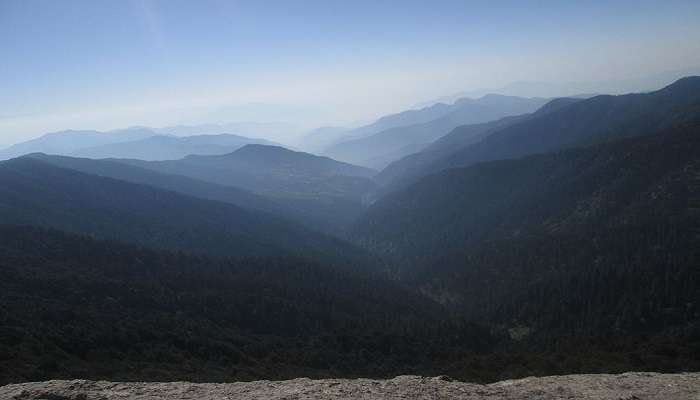
It is better to visit the fort around the year; however, it is better to avoid the summer months and plan a visit during March –June and mid-September –November. These months have good weather, which is perfect for sightseeing and taking good pictures of the beautiful environment.
Winter is rightly defined as December to February; the climate is cold then, and snow makes the views of the Himalayas more apparent. July to August is a little green but a little rainy, and the rain might hamper the treks.
Related Post: Travel Tips For Himachal Pradesh
How To Reach Jaitak Fort

By Air: Chandigarh International Airport is the nearest airport to Jaitak Fort. One can take a taxi to the nearby town of Nahan or take a bus to Jaitak Fort. The road from the airport to Nahan is picturesque, and it takes a couple of hours to reach the place.
By Train: The nearest railway station is Ambala Cantt. One can also hire a taxi for Nahan from Ambala or take a bus. The train trip is very comfortable at a moderate length, and the views are lovely, passing through the foothills of the Himalayas.
By Road: Nahan is also well-connected by roads, and one can easily reach Nahan from Delhi, Chandigarh, Dehradun, etc. One can take a car or a bus to Nahan from Chandigarh, about 122 km away. Nahan is just a twin to Jaitak Fort, situated in the eastern part of Nahan. One can get taxis to Jaitak or other modes of transport, which provide a breathtaking view on the way.
Key Points of Interest
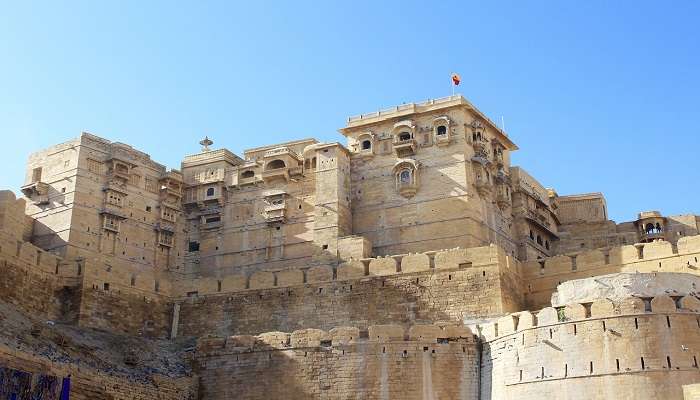
- The Main Gate: At the lower end of the fort is the main door with incredibly detailed engravings. These carvings cover topics such as mythological heroes and floral and ornamental designs, and they illustrate the works of the local artisans. The defence features were also presented, including the murder holes and the reinforced wood doors.
- Cannon Points: Many well-maintained cannon points provide scenic views of the Shivalik ranges and valleys. These points were formerly connected strictly as a military necessity; however, now they offer great photo-shooting opportunities for tourists.
- Ancient Water Reservoirs: It has the basement tank type and open surface water reservoirs within its compound. These structures demonstrate the executive’s accomplishments of the progressive water management system that made the fort self-sufficient in water during the long sieges.
You May Also Like To Read: Trekking In Himachal Pradesh
Jaitak Fort is also capable of providing historical feelings, thrilling experiences, and, thus, natural pleasure. It is really good for young tourists who would like to explore the unexplored beauty of Himachal Pradesh. For history lovers, daredevils, and photographers, Jaitak Fort will leave you mesmerised. Thus, fasten your trekking shoes, fully recharge your camera, and begin exploring the secrets of this grand fortress on the hill! Book a trip to Himachal Pradesh now!
For our editorial codes of conduct and copyright disclaimer, please click here.
Cover Image Source: Harvinder Chandigarh for Wikimedia Commons
Frequently Asked Questions About Jaitak Fort
Is it possible to visit Jaitak Fort on a day trip from Nahan?
Yes, it is possible to do it in one day because Jaitak Fort is just 45 Km away from Nahan. It takes about an hour to travel to the fort, giving enough time for exploring the fort and getting back.
Is there any guide available to the Jaitak Fort?
Though professional guides are scarce and, in some cases, prohibited, the local inhabitants do provide a few amateur informative and unimaginably captivating myths associated with the fort.
Can children as well as older people be able to visit the Jaitak Fort?
The fort can be reached by crossing small bridges and steep rocks; therefore children of a very young age and elders should be prepared for a little difficulty in reaching the place.
Is it possible to camp in the near vicinity of Jaitak Fort?
In some cases, there is permission to set up camping, but this will be around the fort area. For convenience it is better to arrange this through a local tour operating company.
What are the recommended belongings for a trip to Jaitak Fort?
Take along comfortable trekking shoes, some sun protection, a cap or a hat, water, food or snacks, and a camera. If you plan to be here till evening, it is wise to carry a jacket because it gets chilly.
People Also Read:
Red Fort Mehrangarh Fort Kalinjar Fort

Passionate Marketing Student with a flair for storytelling, eagerly embarking on a journey within the vibrant world of travel. Excited to merge analytical acumen with creative skills to elevate the editorial landscape of the travel industry.



